Click here and press the right key for the next slide (or swipe left)
also ...
Press the left key to go backwards (or swipe right)
Press n to toggle whether notes are shown (or add '?notes' to the url before the #)
Press m or double tap to slide thumbnails (menu)
Press ? at any time to show the keyboard shortcuts
Causal Interactions
objects
have boundaries
persist through time
causally interact
knowledge of objects
involves
segmenting them
representing them as perstising
tracking their causal interactions
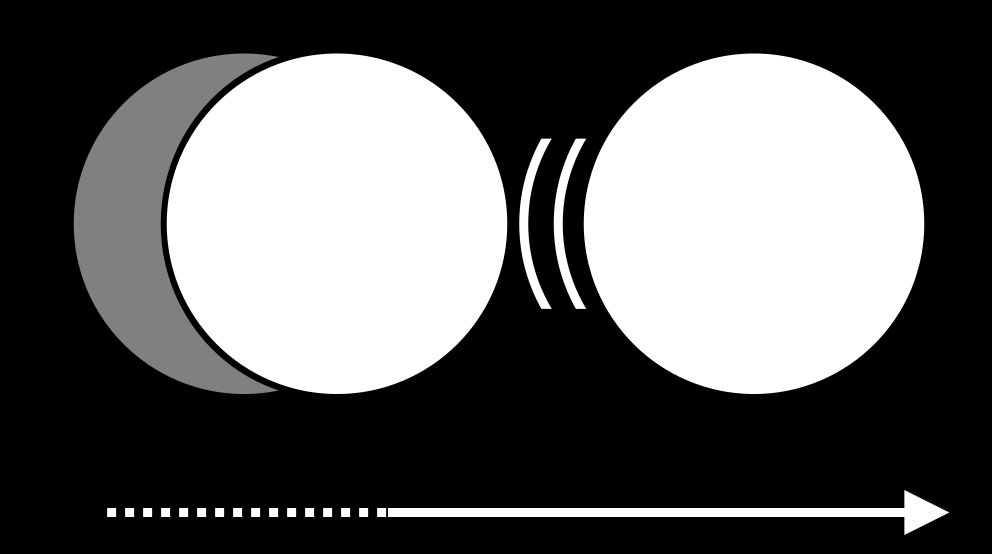
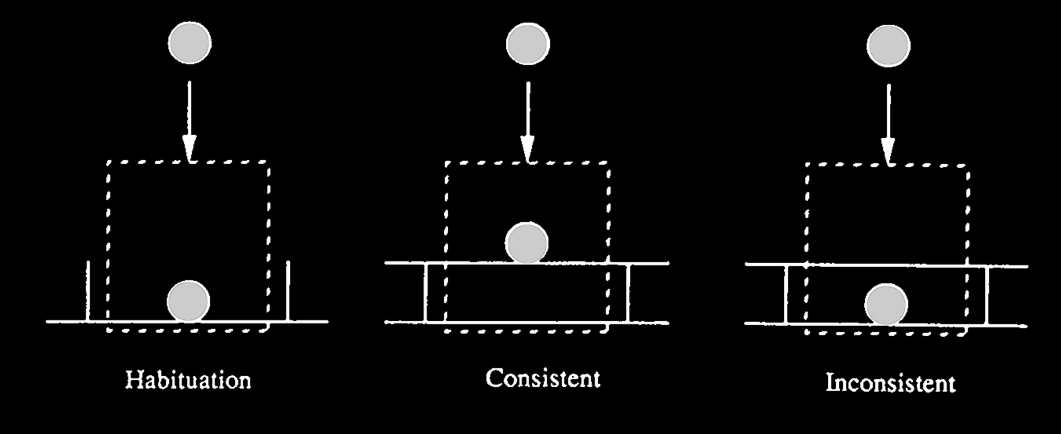
Spelke et al 1992, figure 2
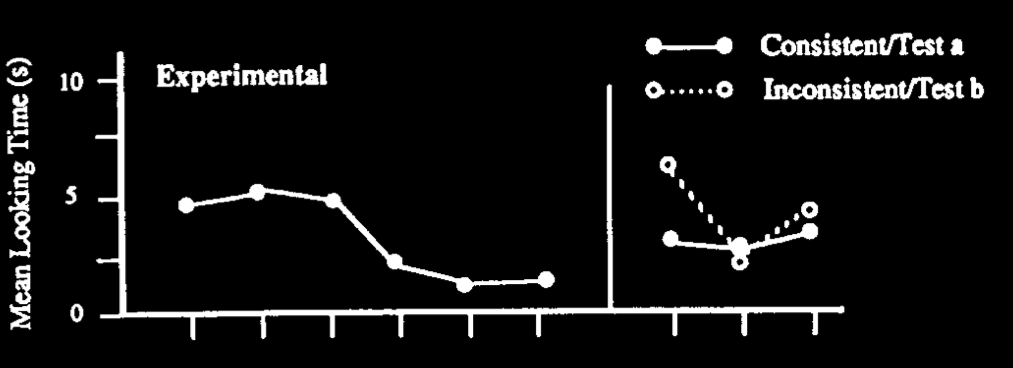
Spelke et al 1992, figure 3
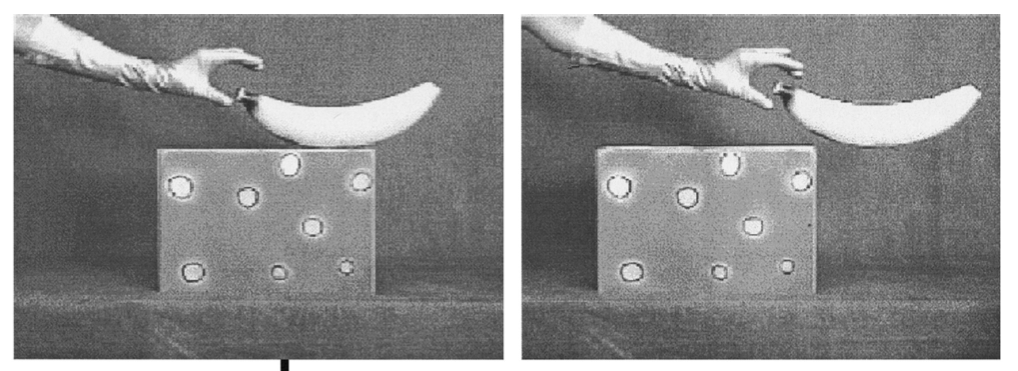
Cacchione & Krist 2004, figure 2
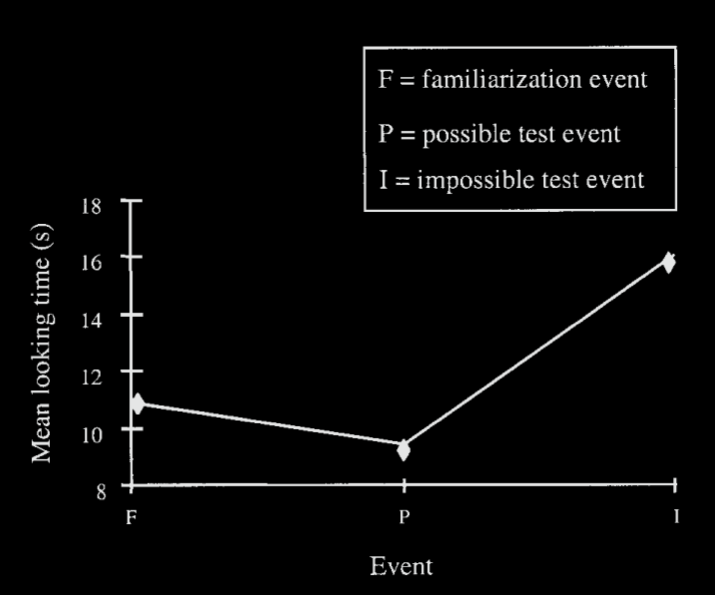
Cacchione & Krist 2004, figure 3
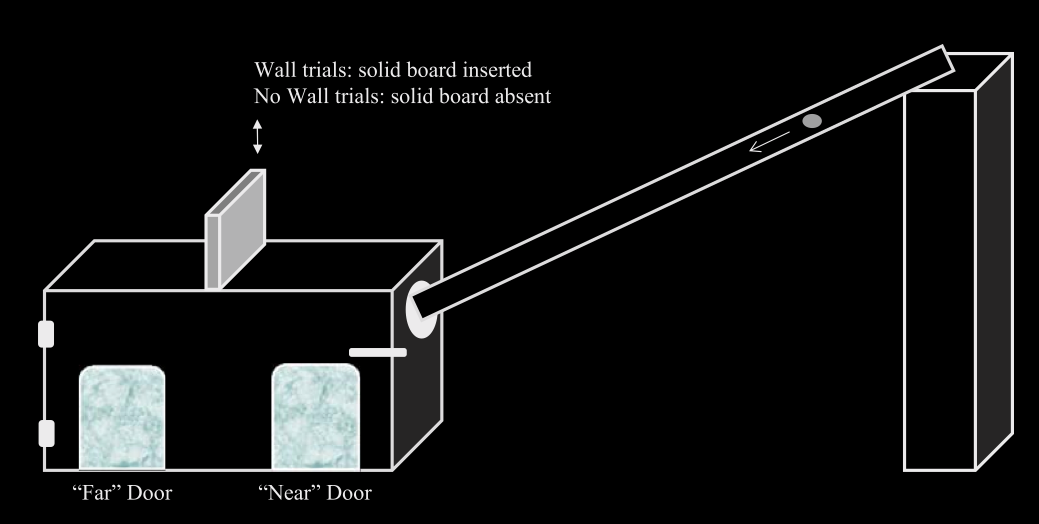
Kundey et al 2010, figure 1
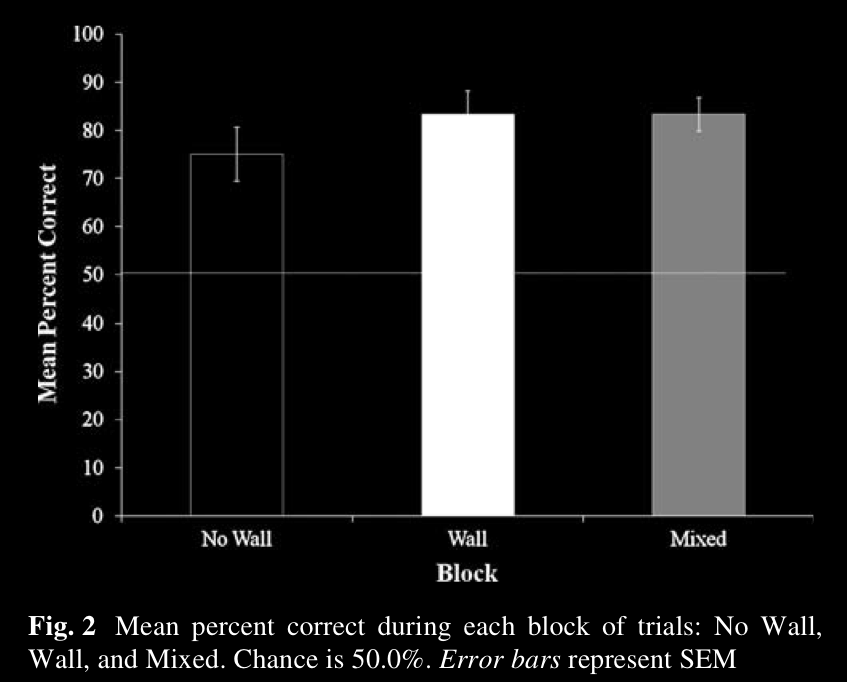
Kundey et al 2010, figure 2
how?
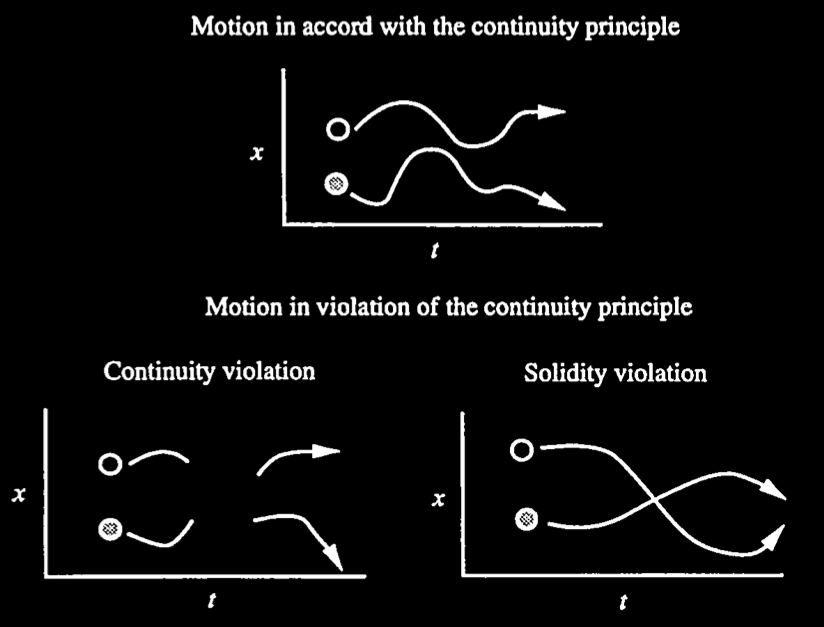
Spelke et al (1995, figure 1)

Spelke et al 1992, figure 2

Spelke et al (1995, figure 1)
‘object perception reflects basic constraints on the motions of physical bodies …’
(Spelke 1990: 51)
‘A single system of knowledge … appears to underlie object perception and physical reasoning’
(Carey and Spelke 1994: 175)